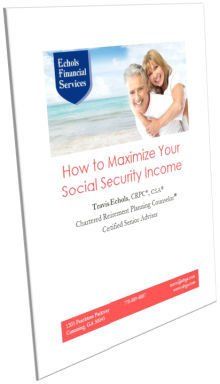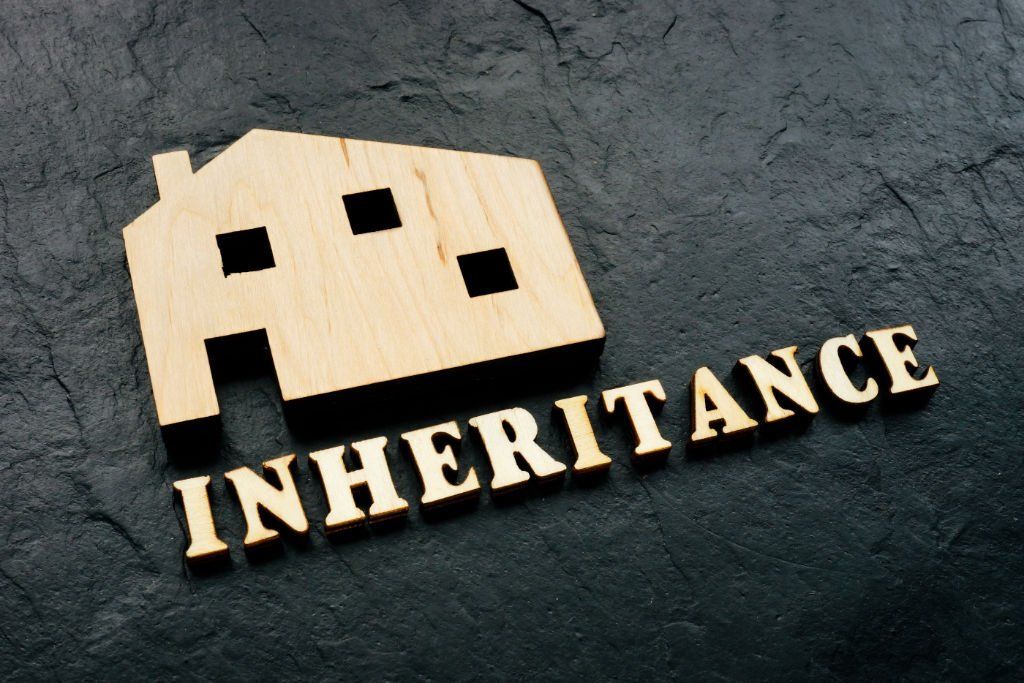Are You on Track with Your Retirement Savings?

Originally written on 9/13/2016.
How to have a prosperous retirement is simple. Save lots of money and invest it wisely. Right?
It's
simple--but not easy. Most people cannot save enough to sustain a
comparable standard of living
throughout a 20 to 30-year retirement. They need their savings to grow.
But without savings, there is nothing to invest. And Americans do not
save near enough. The Employee Benefits Research
Institute reported in 2013 that over 50% of workers had less than
$25,000 saved. Twenty-nine percent (29%) believed that $250,000 was
enough for a comfortable retirement. More than half of U.S.
workers had not calculated what they would need.
Sign up to receive my free monthly email articles on retirement planning and investments
.
How to assess if you are on track?
JP Morgan provides a chart that can give you a feel for how much savings you need for retirement. Note the assumptions.

First, you need to know your personal financial freedom number. This is the inflation-adjusted monthly income you need or will need in retirement. You can start by estimating your current living expenses. There are two ways to do this: 1) by adding up all your expenses over a long period and divide by the number of applicable months. This will include all monthly bills, quarterly bills, annual bills, and other irregular costs such as home and car repairs, or 2) by backing into your current expenses by taking your after-tax income and subtracting savings or adding a deficit. For example, if you are making $68,000 after taxes per year, and saving $7000/year of that money, then your expenses are $61,000 per year ($68,000-$7,000). If you are dipping into savings $3000 per year, then your expenses are $71,000 per year ($68,000+$3,000).
To calculate your financial freedom number, take your current living expenses and subtract from it expenses that you anticipate will be eliminated or reduced in retirement, such as parking at work, expensive clothes, commute to work, etc.). Then add retirement expenses that are not currently accounted for such as travel expenses, higher health care costs, and long term care costs. Due to health care, your estimated retirement income (financial freedom number) is likely to be just as high if not higher than your current living expenses--but everyone's situation is different.
Now, to assess the amount of income you'll need from your savings, take your financial freedom number and subtract Social Security income, pensions, rental income, part-time employment, etc. For example if you need $6000/month after taxes and your other income streams such as Social Security combine to equal $2500/month after taxes, you'll need $3500 per month after taxes from your savings.
John and Mary are 61 years old and want to retire at age 66. Their current living expenses are $5000/month and they expect their retirement expenses to be $5500/month. This $5500 is their financial freedom number. At age 66, their combined Social Security income is expected to be $3000/month (after taxes). With no other income, their retirement savings will need to produce the remaining $2500/month and increase annually for inflation. But since most all of their money will be in traditional IRAs and 401(k)s, at an effective 20% tax rate, they would have to withdraw $2500/(1-.20) = $3125/month.
Using a conservative inflation-adjusted withdrawal rate of 4.5%/year for 25 years, they would need ($3125 x 12)/.045 = $833,333. If they already have $500,000 in retirement savings, an annual savings goal for the next five years could be calculated, along with the growth of the $500,000. At an average 6.5% rate of return, and if they saved $26,000/year for the next five years, they could confidently retire at age 66.
First, consider all your alternatives as you face retirement. The old rules of retirement may not work for a number of reasons (longer lifespans, fewer pensions, higher healthcare costs, etc.). The risk of running low on income in your retirement years can be mitigated in a number of ways.
- There is phased retirement where you gradually scale back the number of hours or days you work.
- There is part-time retirement where you find a part-time job that frees up more leisure time.
- You could pursue a second career in which you have more control over your activities and time.
- Seasonal work may be a good fit, where you only work a few months out of the year.
- You can also consider a Sabbatical or mini-retirement where you take some time off to do something important to you, or just to relax and re-energize.
Third, don't put your children's education ahead of your retirement. Andrea Browne Taylor says, "Resist the urge to put your children ahead of your retirement savings. Yes, you want the best for your kids. But if you're devoting all of your money to private schools instead of your IRAs and 401(k)s, you may find yourself broke when retirement rolls around."
Fourth, don't plan on saving past age 65. While you may be able to work and save money past age 65, you shouldn't count on it. Unexpected things like health problems and lay-offs often upset people's plans to work longer. At the very least, have a backup plan for retiring earlier, just in case.
Fifth, take advantage of catch-up contributions in retirement accounts. In 2016, for workers age 50 or older, qualifying individuals can contribute an additional $1000/year in IRAs, $6000/year in 401(k)s, 403(b)s, 457s and SARSEPs, and $3000/year in a SIMPLE plan.
Casey Dowd writes for Fox Business News, "For Boomers who may be feeling behind on their savings, the secrets to catching up are grounded in common sense, yet are infinitely easier said than done. Steps include: working longer and delaying full retirement, saving more, spending less, planning well, and investing wisely."


Travis Echols , CRPC®, CSA
Receive free Social Security Guide by email




Investment Advisory Services offered through JT Stratford, LLC. JT Stratford, LLC and Echols Financial Services, LLC are separate entities.











